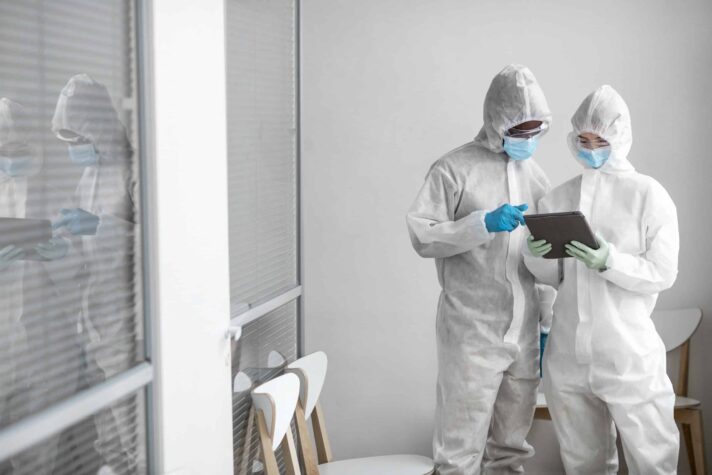As an Amazon Associate, I get commissions for purchases made through links in this post. No extra cost to you.
Understanding the purpose and importance of mold inspections is essential for maintaining a healthy living environment. Mold, a type of fungus that thrives in damp conditions, can infiltrate your home without a visible sign, posing serious health risks.
Prolonged exposure to mildew spores can lead to respiratory issues, allergic reactions, and other health concerns, making it crucial to identify and address fungi growth promptly. Mold inspections are not just about identifying the problem; they are about safeguarding your health and ensuring the structural integrity of your property. As we delve deeper into the world of mold inspections, remember that preparation is not just a step, but the foundation of effective mold management.
Table of Contents
Identifying Signs of Mold
Recognizing the common signs of mold growth in your home is the first line of defense against this silent intruder. A musty odor is often the most noticeable indicator, signaling the presence of fungi even when it’s not visible.
However, visible signs, such as dark spots or fuzzy growths on walls, ceilings, or floors, should raise immediate concern. Mold can also lurk out of sight, hiding within walls, underneath carpets, or in other concealed areas, making it a stealthy adversary. Understanding these signs is crucial, as early detection can significantly mitigate the health risks and structural damages caused by fungi.
Choosing a Qualified Mold Inspector
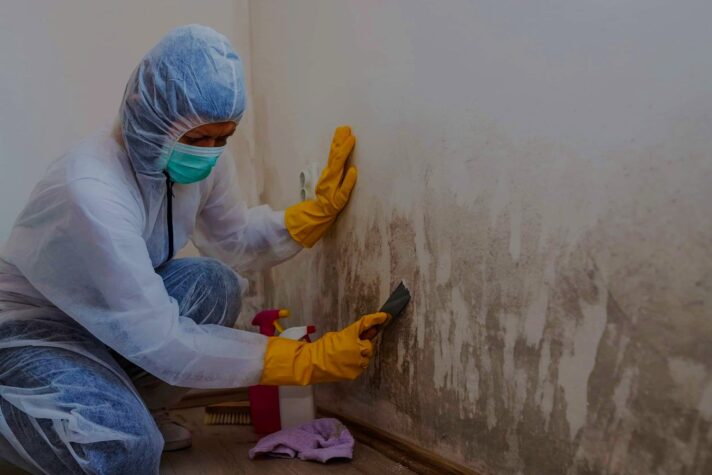
Selecting a qualified mold inspector is a decision that requires careful consideration. The right professional will have the necessary qualifications, certifications, and experience to accurately assess the extent of mold growth and recommend appropriate remediation measures. Look for inspectors who are certified by reputable organizations and have a solid track record of thorough inspections.
Researching and selecting a reputable fungi inspection service involves scrutinizing reviews, asking for referrals, and ensuring that the inspector adheres to industry standards. This due diligence ensures that your mildew concerns are addressed by someone you can trust. If you’re looking for one please visit https://tampabaymoldtesting.com/.
Pre-Inspection Checklist
Preparing for a mold inspection involves more than just marking the date on your calendar. It requires a proactive approach to ensure that the inspector can efficiently navigate and assess your home. Start by decluttering the spaces where mold is suspected, ensuring that the inspector has easy access to walls, windows, and other potential mildew hotspots.
Organizing the space not only facilitates a thorough inspection but also helps prevent the cross-contamination that can occur when mold spores are disturbed. By completing these tasks before the inspection, you contribute to a more accurate and efficient process, paving the way for effective fungi management.
Preparing Your Family

Preparing your family for a mold inspection, especially if it necessitates temporarily vacating your home, involves clear communication and planning. Discuss the process with your family members, emphasizing the importance of the inspection for their health and well-being.
Address any concerns about potential health risks or exposure to mildew spores during the inspection. By ensuring that everyone understands the significance and procedures of the inspection, you foster a supportive environment that prioritizes health and safety.
Protecting Valuables
Safeguarding your valuable and sensitive items during a mold inspection is a crucial but often overlooked step. Covering furniture, electronics, and other assets with plastic sheets or moving them to a secure area can prevent damage from dust or debris.
This protective measure is not just about preserving your belongings; it’s about minimizing disruptions and ensuring that the focus remains on the thorough inspection and remediation of mildew. By taking these steps, you protect not just your valuables, but the peace of mind that comes with a well-prepared and effectively executed mold inspection.
Clearing Pathways and Access Points
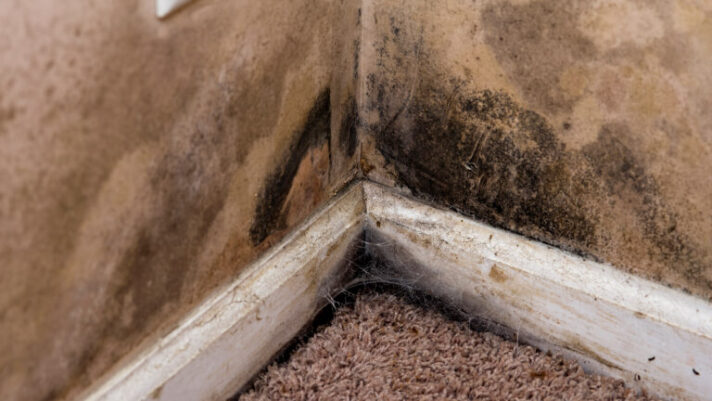
When preparing for a mold inspection, it’s crucial to ensure that every corner of your home is accessible. Over time, we tend to accumulate belongings that can obstruct pathways and hide potential problem areas from view.
Clearing these pathways is not just about tidiness; it’s about exposing every nook and cranny to a thorough inspection. Start by relocating furniture, boxes, and other items that might restrict access. This proactive approach not only facilitates a more efficient inspection but also signals your commitment to addressing the issue head-on. Remember, the clearer the path, the more comprehensive the inspection.
Documenting Mold Evidence
Before the inspector arrives, take a moment to document any visible signs of fungi or water damage. This step is more than a formality; it’s a proactive measure to ensure all your concerns are addressed. Use your camera to capture clear images of affected areas, and accompany these visuals with detailed notes.
This preliminary documentation can provide a valuable reference point during the inspection, enabling you to discuss specific concerns and compare the pre-inspection state with the post-inspection findings. It’s not just about having a record; it’s about being prepared to engage in a meaningful dialogue about solutions.
Understanding the Inspection Process
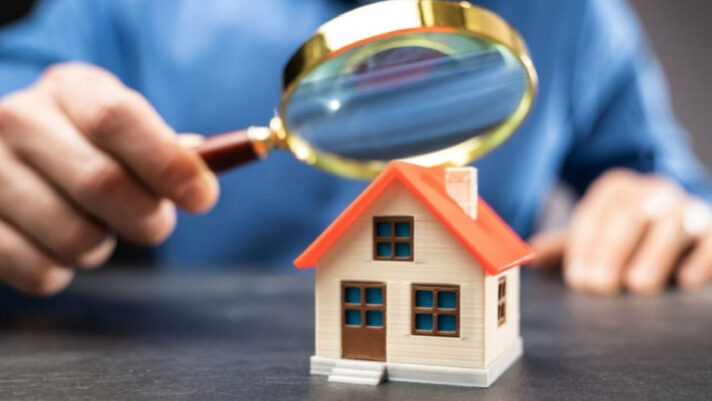
Diving into a mold inspection without knowing what to expect can be daunting. Typically, an inspector will come equipped with tools like moisture meters and thermal imaging devices to detect hidden mildew and water issues.
They might also collect air samples for laboratory analysis, a crucial step in understanding the extent of your mold problem. The duration of the inspection can vary, often depending on the size of your property and the severity of the issue. While it might be inconvenient to have parts of your home temporarily off-limits, remember that this thorough investigation is a crucial step towards reclaiming your space from fungi.
Safety Precautions
Safety is paramount, both for you and the professionals conducting the inspection. Mold exposure can pose health risks, making it essential to minimize contact during the process. Inspectors typically wear Personal Protective Equipment (PPE) such as masks, gloves, and even full-body suits for severe cases.
As a homeowner, ensure good ventilation and consider staying clear of the inspection area, especially if you have respiratory issues or allergies. By respecting these safety protocols, you’re not just protecting health; you’re also ensuring the inspection proceeds without any hitches.
Post-Inspection Cleanup and Remediation
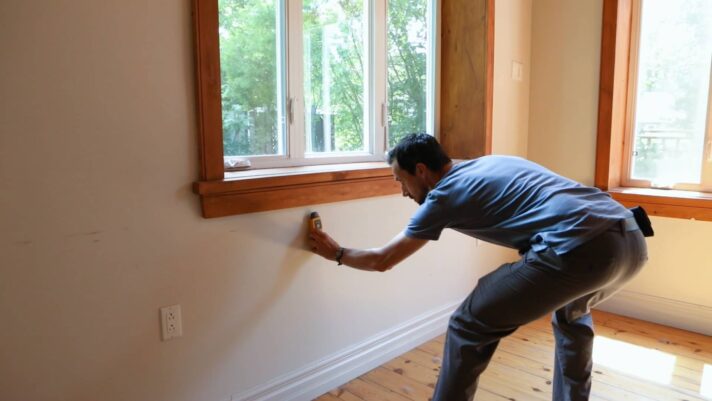
After the inspection, you’ll be armed with detailed insights into the types and severity of mold present in your home. This information is your roadmap to remediation. While minor issues might require simple cleanup efforts, more severe cases could call for professional mildew remediation services.
These experts use specialized equipment and techniques to ensure mold is thoroughly eradicated, and the affected areas are restored to safety. It’s not just about cleaning up; it’s about ensuring your home is a safe and healthy environment once again.
Maintaining a Mold-Free Home
The fight against mold doesn’t end with remediation. Preventing future outbreaks is about maintaining vigilance and implementing good practices. Regularly inspect your home for any signs of moisture or leaks, and address them promptly.
Ensure adequate ventilation, especially in areas like bathrooms and kitchens, where humidity tends to be higher. Consider investing in dehumidifiers if you live in a particularly damp climate. Lastly, stay informed about fungi prevention strategies and don’t hesitate to seek professional advice if you’re unsure about something.

